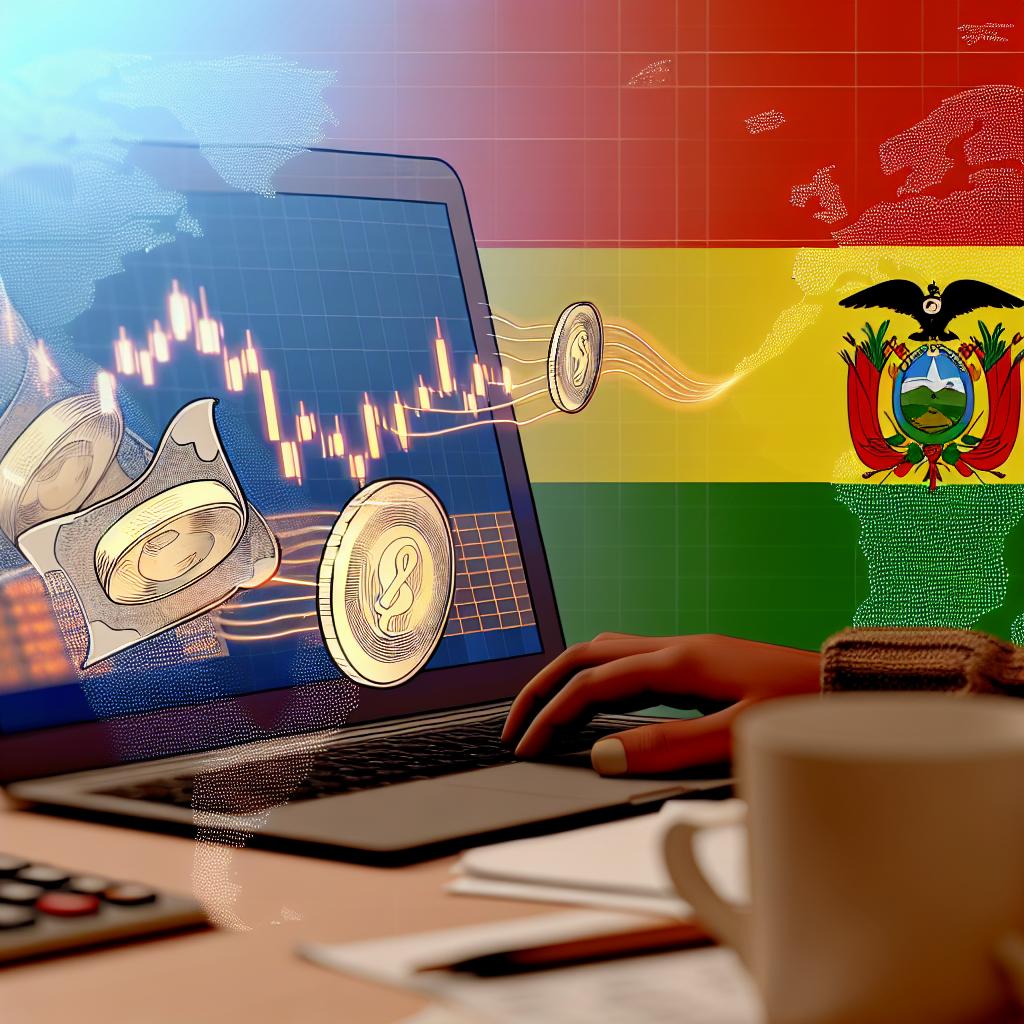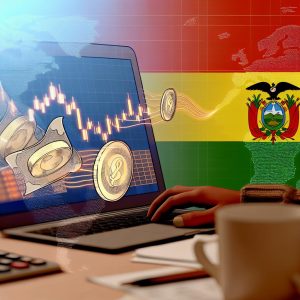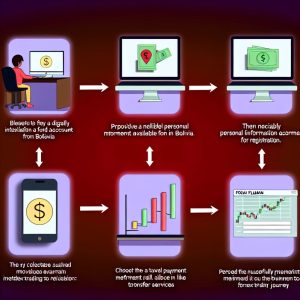The Impact of Inflation on Forex Trading in Bolivia
Introduction




Inflation represents a pivotal economic parameter that holds the power to substantially alter the landscape of foreign exchange (Forex) trading. This influence is particularly pronounced in developing countries such as Bolivia. As traders and economists strive to navigate the complexities of the Forex market, developed prowess in understanding the interplay between inflation and Forex trading becomes indispensable. In this analysis, we delve into the intricacies of inflation, dissect its ramifications on the Bolivian currency, and explore the resultant strategic imperatives for Forex traders operating in such an environment.
Understanding Inflation
At its core, inflation refers to the rate at which the general price level of goods and services in an economy ascends, thereby diminishing purchasing power. In Bolivia, a nation characterized by its developing status, the nuances of inflation are molded by varied contributing factors—government policies, fluctuations in commodity prices, and overarching economic growth trajectories chief among them. When inflation escalates, it typically precipitates a depreciation of a nation’s currency, impacting its standing in the Forex market. The relationship between a country’s inflation rate and its currency’s value is not merely a subject of academic curiosity but has practical implications that are crucial for strategic market engagement.
Impact of Inflation on Bolivian Currency
Inflation serves as a direct determinant of the value ascribed to the Bolivian currency, the Boliviano (BOB), in the sphere of Forex trading. Elevated inflationary trends tend to induce depreciation in the currency’s value. The depreciation of the Boliviano implies a rise in the cost of imports and a concomitant reduction in the purchasing power enjoyed by Bolivian consumers. In the face of a devaluing Boliviano, investors and traders are often prompted to liquidate their holdings, further exacerbating its depreciation.
Exchange Rate Fluctuations
The exchange rates associated with the Bolivian currency are peculiarly vulnerable to vacillations stemming from inflationary pressures. In periods marked by heightened inflation, the attractiveness of the Boliviano wanes when viewed relative to other global currencies. This dynamic induces Forex market volatility as traders endeavor to locate currencies promising superior returns, aiming to hedge their investments against the corrosive effects of inflation. This quest for currency stability is paramount in safeguarding returns and achieving investment predictability amidst inflation-driven turbulences.
Interest Rates
Inflation exerts a profound influence on interest rates, serving as a key modulator. Central banks often find themselves compelled to employ elevating interest rates as a countermeasure to mounting inflation, seeking to regulate the money supply within an economy. Elevated interest rates can magnetize foreign investors desirous of superior return profiles, thus temporarily invigorating demand for the local currency. However, ingrained inflation problems can deter sustained foreign investment, as concerns regarding currency stability erode investor confidence, making the short-term gains less appealing in the long run.
Strategic Implications for Forex Traders
In the pursuit of informed decision-making, Forex traders are behooved to meticulously scrutinize inflation data emanating from Bolivia. Profitable engagement with the Forex market necessitates cognizance of particular strategic considerations.
Hedging Against Inflation
Among the strategies available to traders, hedging against inflation assumes a pivotal role. Traders can explore diverse hedging tactics to abate the risks associated with inflation. For instance, diversifying a currency portfolio to encompass relatively stable currencies or acquiring financial instruments programmed to appreciate amid inflationary circumstances constitute sound hedging maneuvers. These strategies ensure that the adverse impacts of inflation on investor returns can be alleviated or neutralized.
Analyzing Economic Indicators
The task of analyzing economic indicators is an imperative undertaking for traders seeking mastery over inflationary influences. Indicators such as the consumer price index (CPI) and the producer price index (PPI) furnish valuable insights into the current and projected inflation milieu. By engaging with these metrics, traders acquire an enhanced capacity to predict currency movements and accordingly adjust their trading stances, enabling they remain in step with evolving inflationary dynamics.
Assessing Political and Economic Policies
Governmental policy frameworks exert a profound influence on inflation rates, permeating the economic fabric with policy-induced shifts and adjustments. Traders, therefore, must remain vigilant regarding fiscal and monetary policies liable to affect inflation. Policies encompassing taxation, government spending, and central bank pronouncements wield the power to drastically recalibrate inflation trajectories. A well-grounded awareness of policy trends serves as a safeguard against unforeseen currency shifts attributable to governmental actions, enhancing the trader’s operational acumen.
Conclusion
In the context of Bolivia, inflation emerges as a formidable force sculpting the contours of the Forex trading arena. This impact, resonating through the veins of the Boliviano’s value, underscores the exigency for traders to remain apprised of all inflationary developments. The challenges spawned by fluctuating inflation affirm the necessity for adaptive trade strategies, attuned to economic fundamentals and underscored by vigilant monitoring of pertinent indicators. By mastering the art of anticipating and responding to inflation-driven pressures, traders bolster their prospects of navigating the complexities of the Forex market, securing their positions in the face of potential inflationary disruptions.
This article was last updated on: May 26, 2025





